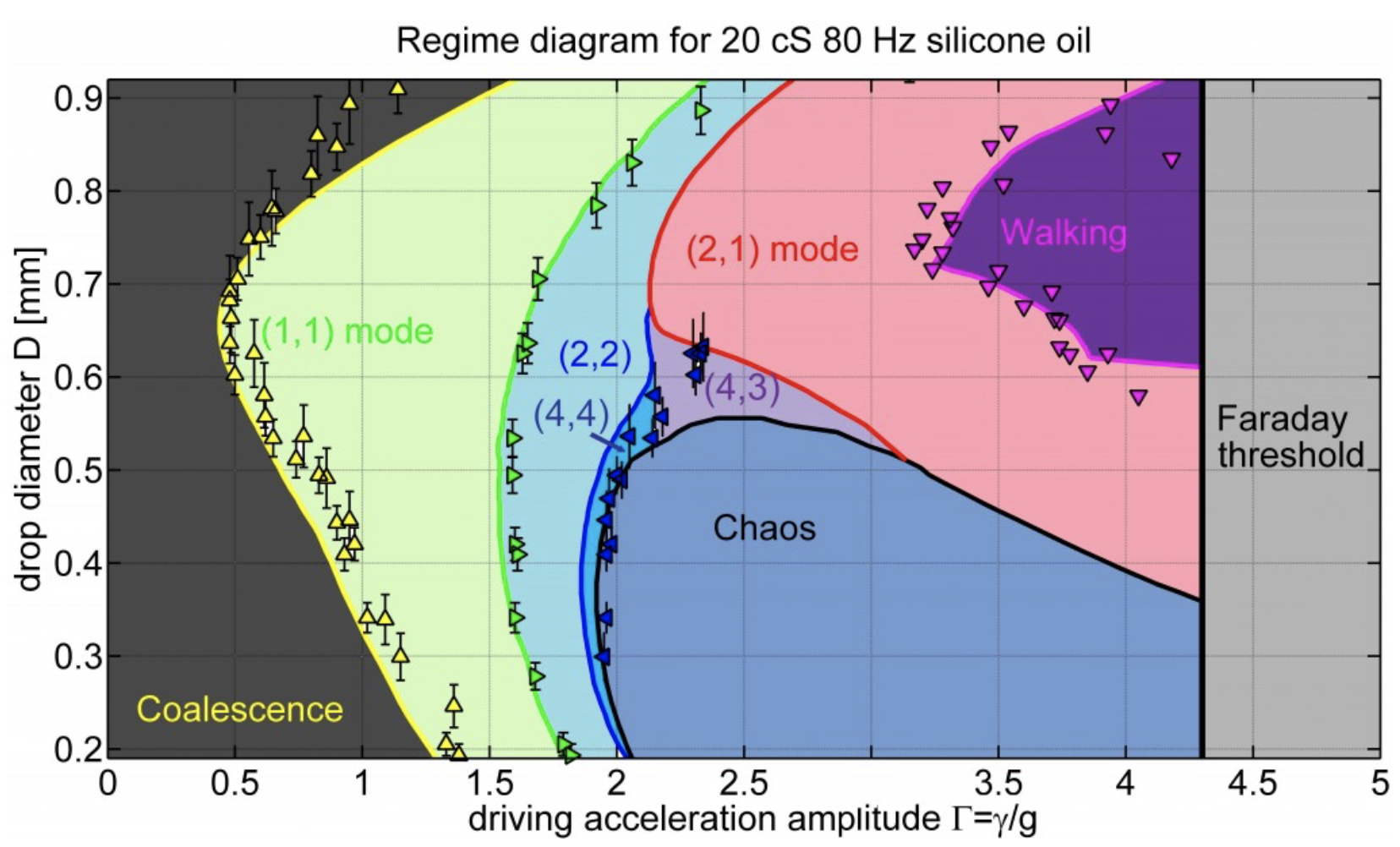
We present the results of a combined experimental and theoretical investigation of droplets walking on a vertically vibrating fluid bath. Several walking states are reported, including pure resonant walkers that bounce with precisely half the driving frequency, limping states, wherein a short contact occurs between two longer ones, and irregular chaotic walking. It is possible for several states to arise for the same parameter combination, including high and low energy resonant walking states. The extent of the walking regime is crucially dependent on the stability of the bouncing states. In order to estimate the resistive forces acting on the drop during impact, we measured the tangential coefficient of restitution of drops impacting a quiescent bath. We then analyse the spatio-temporal evolution of the standing waves created by the drop impact and obtain approximations to their form in the small-drop and long-time limits. By combining theoretical descriptions of the horizontal and vertical dynamics, we develop a theoretical model for the walking drops that allows us to rationalize the limited extent of the walking regimes, the critical requirement being that they achieve resonance with their guiding wave field. We also rationalize the observed dependence of the walking speed on system parameters: while the walking speed is generally an increasing function of the driving acceleration, exceptions arise due to possible switching between different vertical bouncing modes. Special focus is given to elucidating the critical role of impact phase on the walking dynamics. The model predictions are shown to compare favourably with previous and new experimental data. The results of this paper form the basis of the first rational hydrodynamic pilot-wave theory.
See paper: Molacek & Bush (2013).
Select Press: Inside Science
